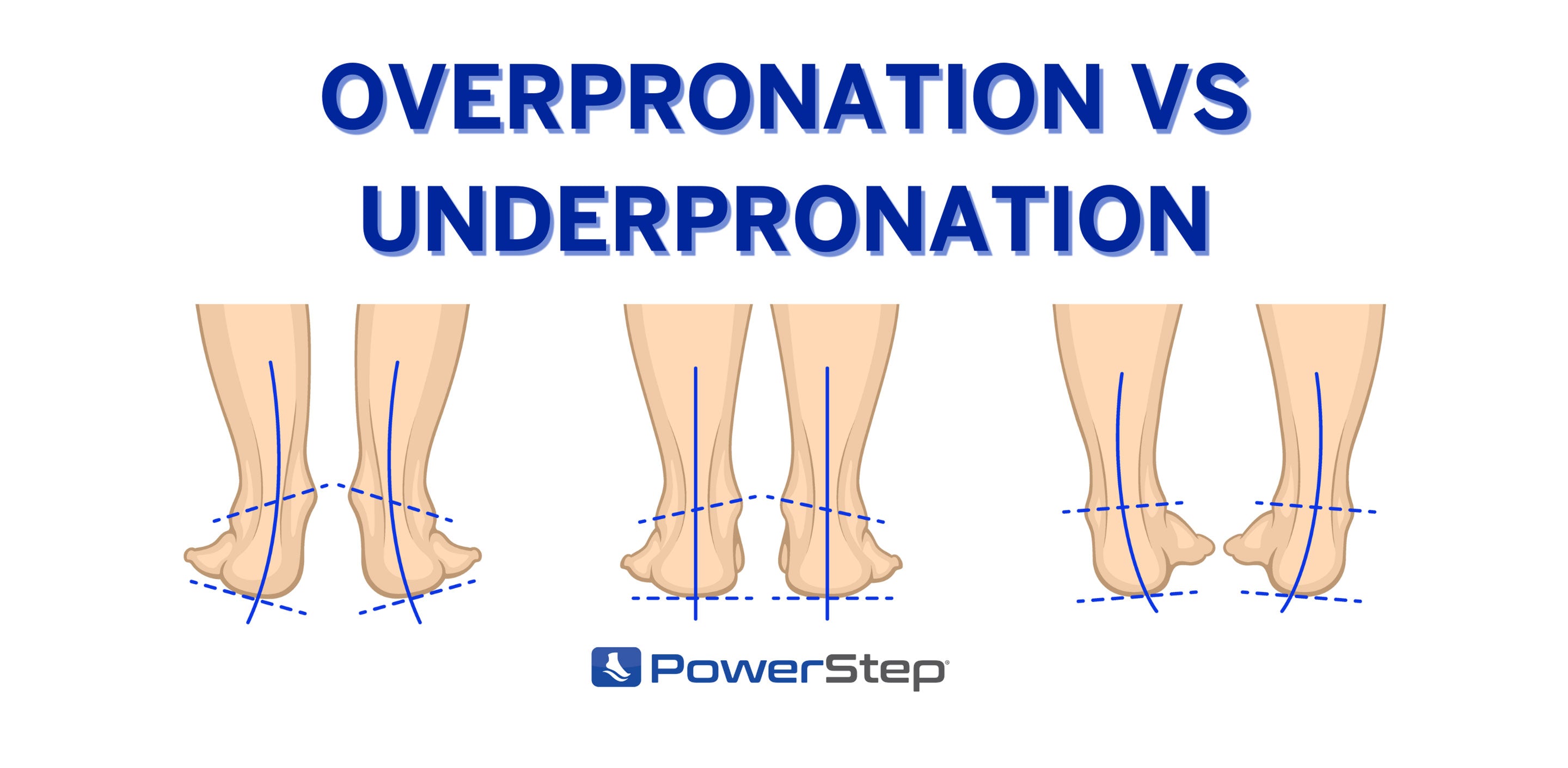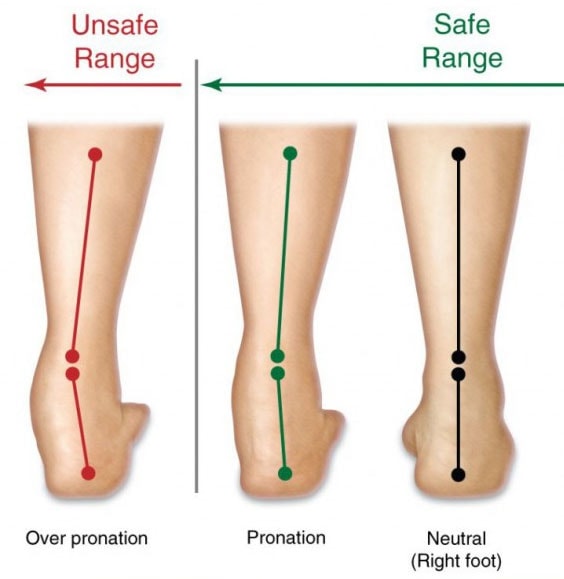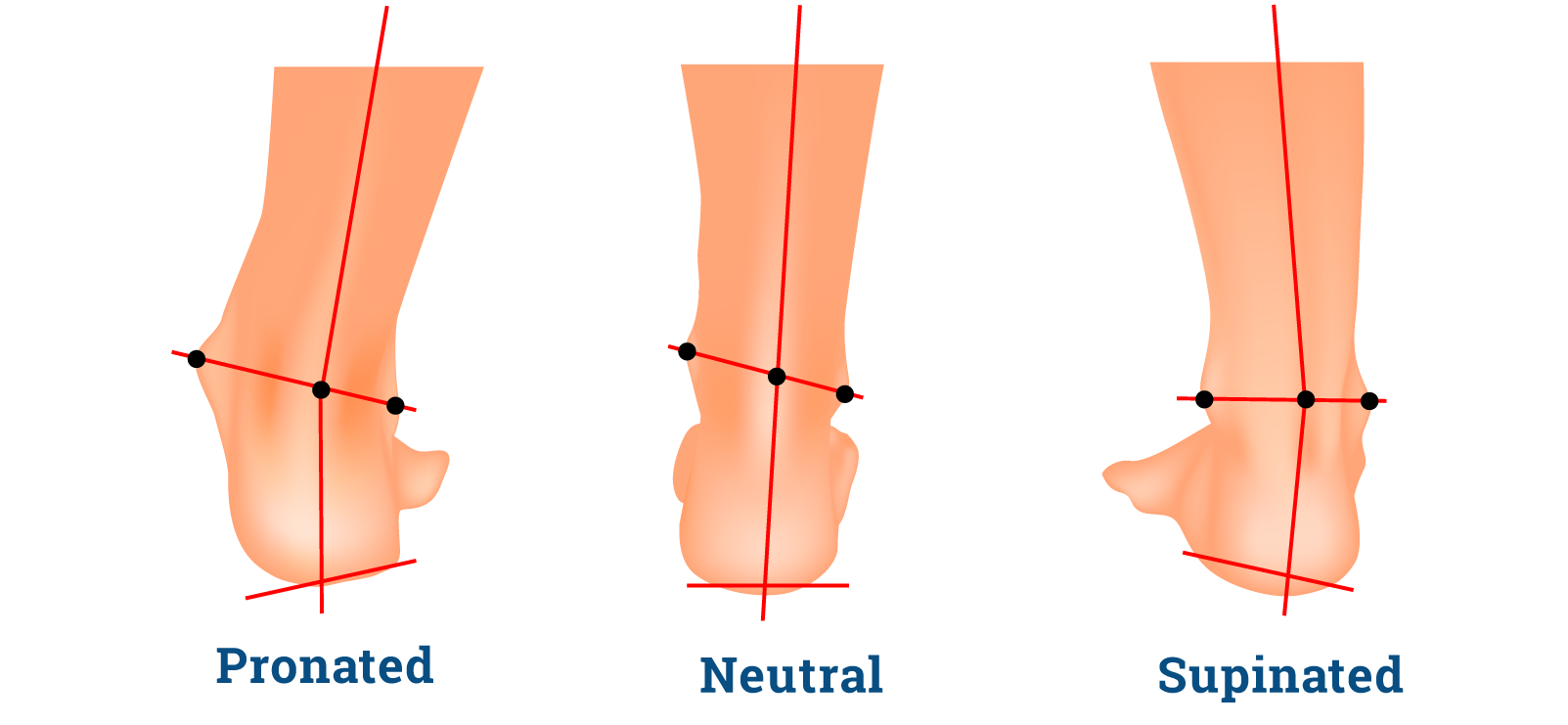Casual Tips About How To Treat Pronation

Overpronation symptoms diagnosis treatment takeaway overpronation, also called pes planus or flexible flatfoot, is relatively common in children and often goes away on its own.
How to treat pronation. One small case study published in clinical research on foot & ankle agrees that preventing overpronation can help you sidestep it band syndrome, while a systematic review in the journal of. Here are some of the best ones: In order to treat foot pronation with yoga, it's important to learn alignment princi.
Then check out your wet footprint: Nagy offers a variety of treatments to address overpronation and related pain. Advise you on the best kind of shoes;
Surprisingly, your chronic back pain could stem from a pronation problem starting in your foot. Look at the prints to see how much of the middle of your foot from your heel to the ball of your foot is visible. While running or walking, our arches collapse inward when our feet hit the ground.
The most common treatments for overpronation are wearing supportive shoes or insoles. 24 hours a day, 7 days a week. But you can correct the problem with exercise and by adding orthotic insoles to your shoes.
What is it and should you try and correct it? After showering, step on and off the paper with one foot. This is the most difficult part which specialists should be consulted about.
Folks with flatter feet tend to have highly flexible arches, which are more likely to flatten too much. Overpronation occurs when the way you walk leads to more flattened arches over time causing tension in your foot and leg muscles. What causes overpronation?
People with this condition colloquially are considered to have “flat feet.” this can. A healthy arch and normal degree of pronation will leave a print of the heel on the outside of the sole, linked to the front forefoot by a strip roughly half the width of the foot. Most people do not need treatment for flat feet, but the following options may help manage pain and reduce the chance of an injury:
Overpronation overpronation overpronation happens when your gait (the way you walk or run) eventually causes the arches of your feet to flatten more than they would normally. Exercises and stretches can also help. The goal in treating overpronation is to take the strain off muscles in the foot, ankle, and leg in order to avoid symptoms like pain in the heel, ankle, knees, hips or back.
One small case study published in clinical research on foot & ankle agrees that preventing overpronation can help you sidestep it band syndrome, while a systematic review in the journal of. Control the movement back inward. Overpronation increases the risk you’ll injure your foot and leg.
Treatment pronation is the natural motion of your foot during walking and running. To treat overpronation there should be an actual need for treatment and one needs to know the cause of it. He will suggest exercises and stretches to strengthen your feet and ankles and relieve tightness in your calves and achilles’ tendon.








![Flat Foot & Overpronation [Top 3 Evidence Based Treatments 2022!] YouTube](https://i.ytimg.com/vi/O_T6_xHTph0/maxresdefault.jpg)









